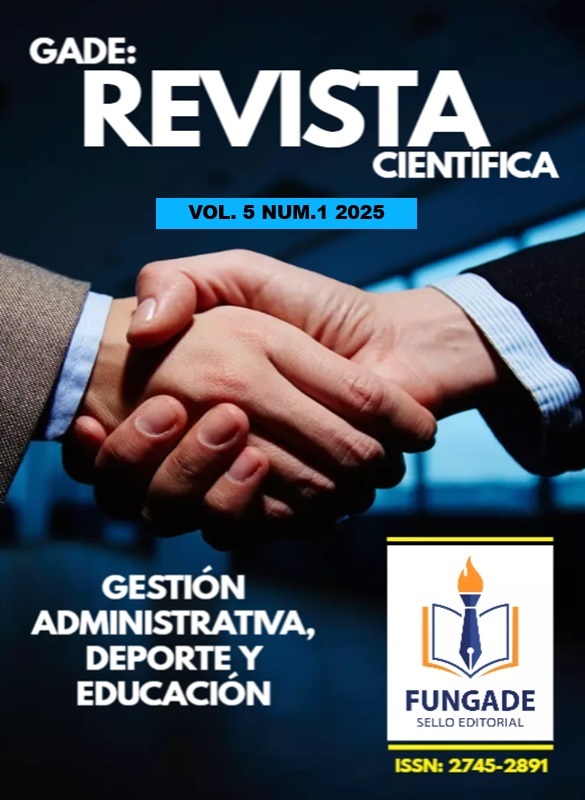Effects of a plyometric exercise plan on the development of lower limb power in 16- to 17-year-old archers from the Real San José Cicy club, Cúcuta
Abstract
Football is a sport that demands a high level of physical, technical and tactical performance. Goalkeepers, in particular, require exceptional explosiveness and power in the lower limbs to respond efficiently to the demands of the game, such as saving shots, clearing balls and jumping to intercept aerial plays. Plyometric training is a key methodology to improve these skills, as it increases reactive strength and the ability to respond quickly, crucial skills for a goalkeeper in competitive situations. The objective of this work was to apply a Plyometric Training Program (PAP) for lower limb power in 16- to 17-year-old goalkeepers from the Real San José CICY club, Cúcuta, lasting 8 weeks (16 sessions) and applied to 12 goalkeepers with an average weight of 69.42 kg and height of 176.75 cm. The study population consisted of 22 archers, from which a sample of 12 was taken. These subjects were divided into two groups: Control Group (CG) (n=6) and Experimental Group (EG) (n=6), randomly, according to the initial evaluation using a contact platform (Biosaltus-II®) and performing the tests proposed by Bosco (1994) (SJ – CMJ – ABK). After the 8th week of plyometric training (PT), evaluations were carried out in the same tests previously proposed. The results of the CG indicated that there were no significant improvements in jump height or vertical jump power (SJ, CMJ, ABK) compared to the EG. A comparative analysis of means was carried out both between and within groups, considering the conditions of the Initial Test (IT) and the Final Test (FT). The subjects were randomly assigned to the groups. The results showed that the GE improved in the height (power) of several types of vertical jumps (SJ, CMJ and ABK), while the GC did not show improvements in any of the tests.
Downloads
References
Cook, TD y Campbell, DT (1979). Cuasi-experimento Cuasi-experimentación: cuestiones de diseño y análisis para entornos de campo.
Hernández-Sampieri, R., Fernández-Collado, C., & Baptista-Lucio, P. (2014). Metodología de la investigación Metodología de la investigación.
Jáuregui, J. (2017). Análisis biomecánico funcional con plataforma Análisis biomecánico funcional con plataforma Biosaltus.
Mancera, J. (2024). Evaluación de la potencia muscular mediante el test de Bosco.
Markovic, G., & Mikulic, P. (2023). Entrenamiento pliométrico para el rendimiento deportivo: una revisión sistemática.
Mayorga, D., & Floody, P. (2012). Efectos del entrenamiento pliométrico a corto plazo en el rendimiento del salto vertical.
Mohamed, S., y Kamaruzaman, A. (2014). El impacto del entrenamiento pliométrico. El impacto del entrenamiento pliométrico en la potencia de las extremidades inferiores en atletas adolescentes.
Popper, K. (1959). La lógica del descubrimiento científico.
Ramírez-Campillo, R., González-Jurado, JA, & Martínez, C. (2019). Diseño de entrenamiento pliométrico. Diseño de entrenamiento pliométrico para atletas jóvenes: Efectos en el rendimiento físico.
Reichardt, CS (2019). Cuasi-experimentación: una guía Cuasi-experimentación: una guía para el diseño y el análisis.
Reith, W. (2020). Episodio 1Fundamentos epistemológicos en la investigación en ciencias del deporte.
Soria, J. (2019). Empresa Entrenamiento funcional en deportes de equipo.
Copyright (c) 2025 Cesar Ángel Bent Silva,Rafael Enrique Lozano Zapata

This work is licensed under a Creative Commons Attribution-NonCommercial-NoDerivatives 4.0 International License.






